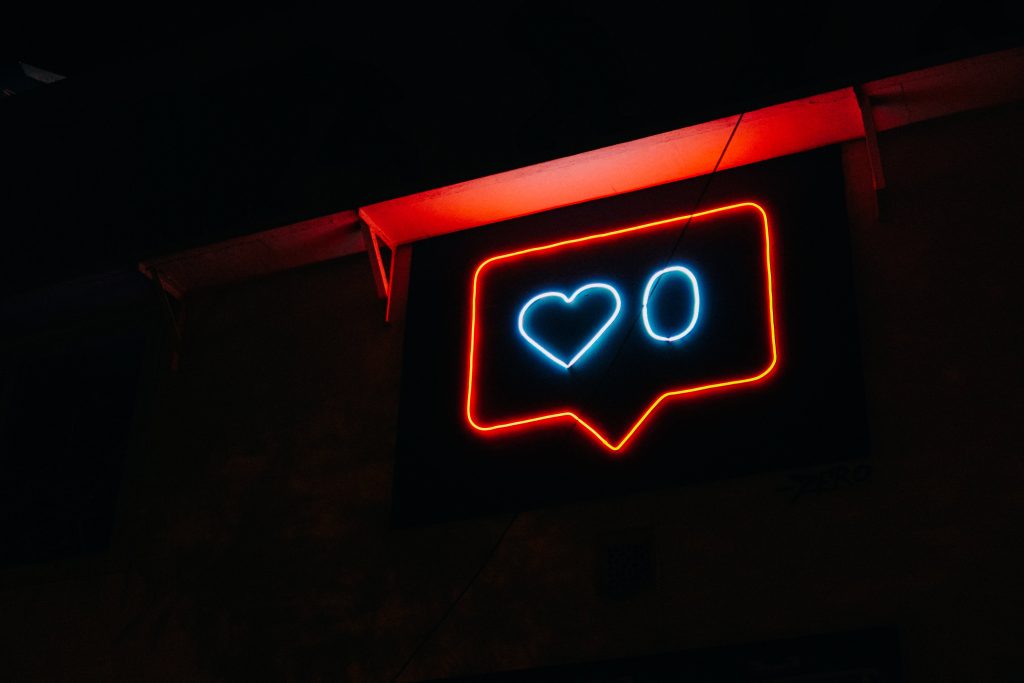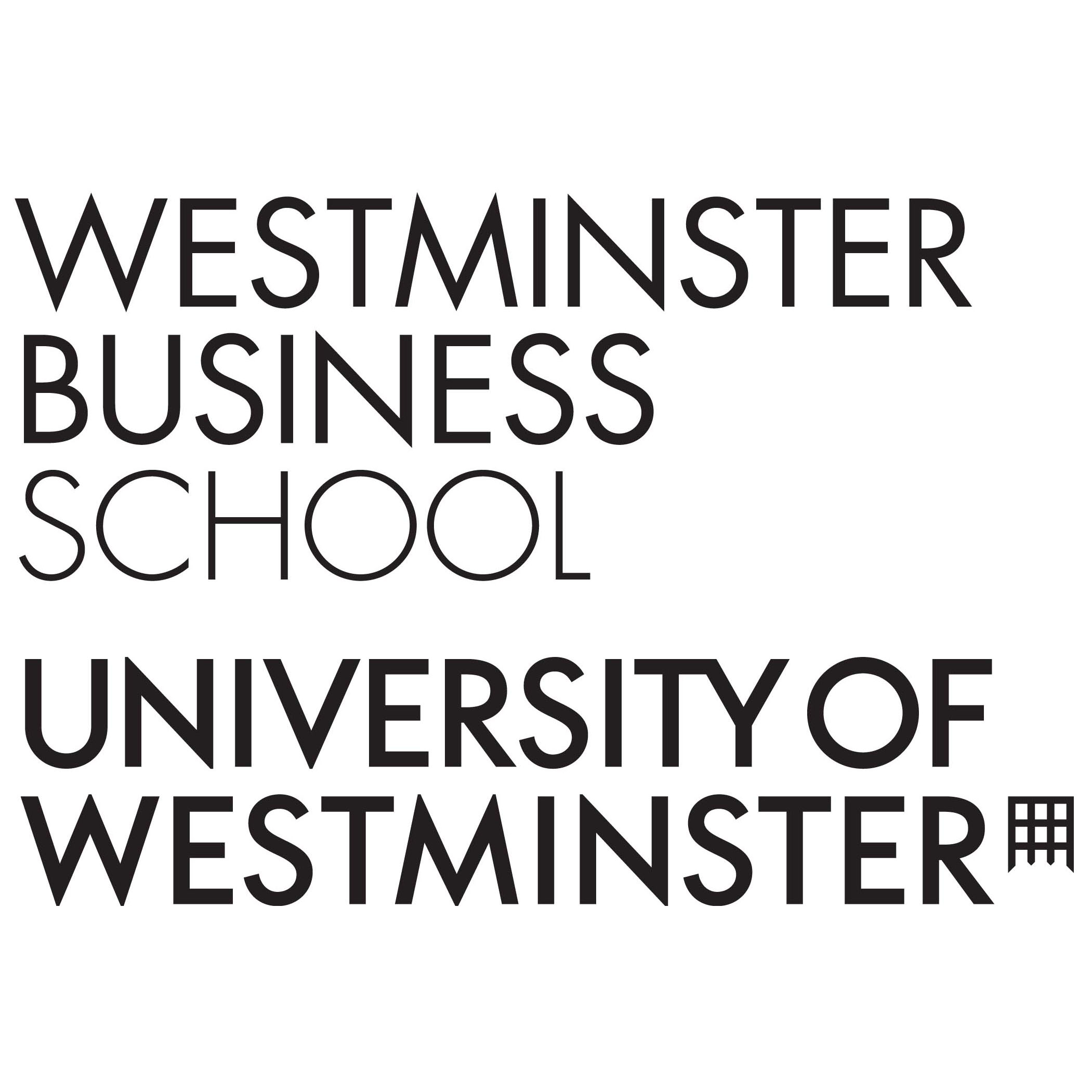
The Role Of the Online World.
Have you ever stopped to think about how the internet and all the freedom it brings have wholly transformed your life? As a student, I have seen first-hand how the online world has the power to shape our daily lives. From websites to social media platforms, forums to blogs, and all the other digital spaces that come to mind, we can express ourselves and share information like never before.
But it’s not just about us as individuals. The internet has opened up a whole new world of possibilities for businesses, governments, educational institutions, and people worldwide to connect and communicate with each other. We are discussing endless opportunities for creativity, innovation, and knowledge sharing.
Every day, we come into contact with people who are creating and sharing content, opinions, and thoughts that have the power to change the world. The internet gives us access to millions of stories, talents, skills, and creativity that we might never have discovered otherwise.
If you have ever wondered about the online world’s impact on your life and dare to be interested in the benefits and downsides of surveillance and digital citizenship, this article is a great read.
The Lack Of Diversi†y and Inclusion.
As a student, I have always been fascinated by the power of digital spaces in shaping our lives. But I have also realised and faced the hard truth of these digital spaces: the freedom these platforms offer is only sometimes inclusive and diverse. In fact, it can be a place of exclusion, where certain groups are underrepresented or marginalised, leading to mental health and well-being issues. The lack of understanding of diversity and equality can perpetuate biases and inequalities and limit opportunities for marginalised communities, especially when showcasing the contents of personal stories that you watch daily. As a component of today’s interconnected world, digital spaces play a crucial role in shaping our lives when you look at them through a different lens. The lack of diversity and inclusion in these spaces is a pressing issue that needs to be addressed when it comes to linguistic, gender, ethnic and socio-economic inclusivity and equality. As someone who heavily uses digital spaces, the lack of diversity and inclusivity can sometimes be problematic to see or sense. However, it still exists and can create a barrier for specific individuals or groups to participate or feel included fully. This barrier may not be physical, but it is a real obstacle preventing people from feeling welcome, valued, and heard. Promoting and intensely studying digital literacy and awareness is essential to help prevent this from happening. Read more about this article about designing Physical and Digital Spaces to Foster Inclusion.
Understanding the Barriers.
The lack of diversity in digital spaces can happen for various reasons, such as systemic biases, discrimination, and exclusionary practices. For instance, certain groups may face barriers to accessing technology or be subjected to online harassment and bullying, which can discourage them from participating in digital discussions. This may lead to a silencing effect, where the voices of marginalised groups are not heard, and their perspectives are not considered. Moreover, algorithms used by social media platforms can sometimes perpetuate biases and limit the visibility of certain groups. For example, algorithms may prioritise content that generates more engagement or clicks, which can amplify certain voices over others. I invite you to watch this interesting video about “Algorithmic Justice” and the systemic biases that AI creates.
This can result in a homogenised online space that lacks diversity and fails to represent the full spectrum of human experiences. It can also lead to a narrow understanding of social issues and a lack of empathy towards those different from us. As students and different mind generations, we can take positive steps towards promoting diversity and inclusivity in the digital space.
Different Approaches at the University to mitigate these issues.

To begin with and before reading the 5 steps, check the UOW website and their commitments and events about diversity and inclusion here:
- We must discuss, attend workshops, and follow diverse voices and perspectives online. We can develop a more inclusive mindset by learning about different experiences and perspectives and learning from them.
- We can use our platform and social media presence to amplify the voices of marginalised communities. By sharing and promoting content created by underrepresented individuals, we can help diversify the digital space. This can involve sharing articles, videos, artwork, or creative expression highlighting diverse perspectives.
- We need to question the biases and stereotypes we encounter online actively. We can call out discriminatory behaviour, engage in respectful discussions, and promote empathy and understanding. We can create a more inclusive digital space by questioning and challenging harmful narratives.
- We can share our experiences, highlight stories, and collaborate with individuals from different backgrounds. This can involve writing blog posts, making videos, or starting a podcast that showcases diverse voices and perspectives.
- Lastly, we must support and engage with platforms and initiatives prioritising diversity and inclusion in the digital space. This can involve participating in events, following social media accounts, or sponsoring organisations that promote diversity and inclusivity.
In conclusion, these platforms can lead to feelings of loneliness, anxiety, and depression. Online content can shape our beliefs and attitudes, influencing our digital and physical world behaviour. As a student, I’ve seen the adverse effects of cyberbullying and online harassment, which can have severe consequences for our mental health and the well-being of others. We can make others participate and create a more equitable and welcoming online environment.
